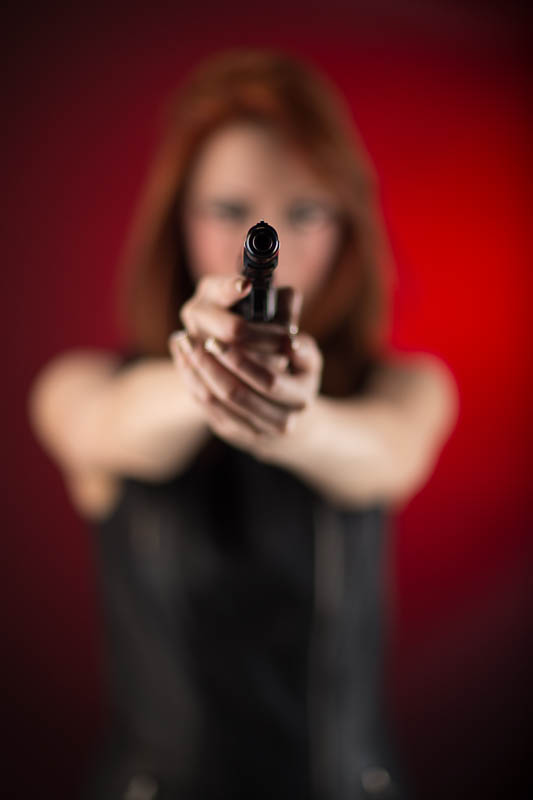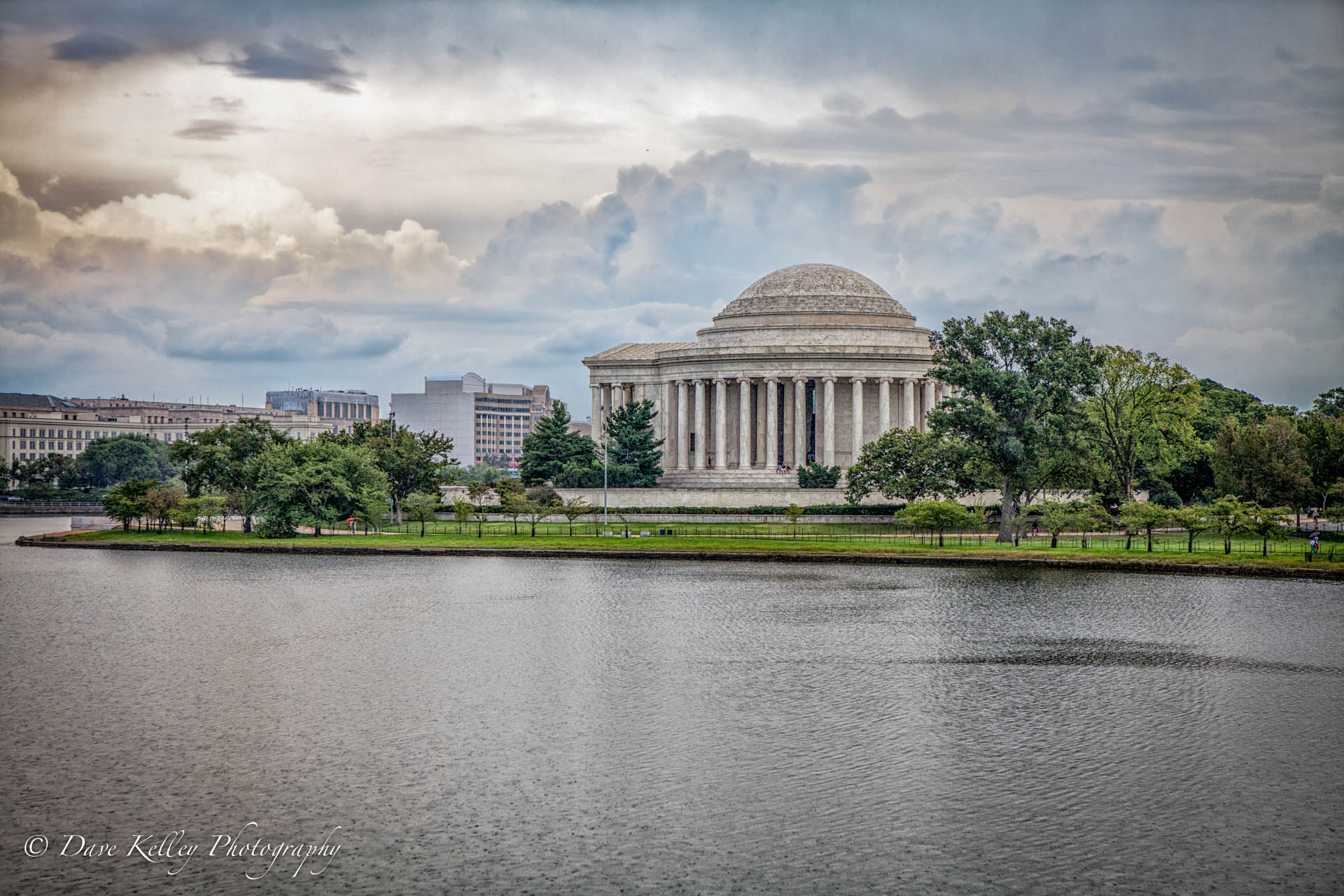Learning photography...
/That hard first step
Doing anything new is always exciting and a big pat of that is learning everything you can about it. If you are passionate about anything it's best to know all you can to enjoy it to the fullest. Day one is the hardest. You don't even know what you need to know. Kinda' hard to ask questions at that point. This is where curiosity and a lot of time comes in. You have to understand the tools first. What does every button on the camera so and how does it change the picture you are taking. At first you don't have to know everything perfectly, just that they are there and what they do. Later you'll have a need and you'll at least know it's possible and revisit exactly how.
Same with learning things like Photoshop and Lightroom. Don't learn exactly what buttons to push to get a certain thing to happen. UNDERSTAND what that function is...and then generally remember how to get to it.
The reason I really push the generalization of knowledge over button by button exact process is that it's very limiting and much easier to learn by feel.
The camera
To someone new to their camera there are SO MANY buttons and menu items. Heck, even I don't know all of the features of my camera and this is 4 years into it. The manuals are NOT the place to learn about your camera. They tend to tell you specific things and assume
you know why you'd need that. Setting the shutter speed or fStop is, as you might guess, very important. The manual will tell you how. But not WHY you might set one at f8 and the other at 1/200 of a second. If you know the WHY and how those functions work in your camera it'll make more sense. It's more like learning by knowing how something works rather then memorizing buttons and thinking that's all you'll need to know.
It's a bit like a painter with his pallet. Knowing the colors is one thing. Knowing how to mix them to get exactly the right shades for a flower is another that doesn't come from exact measurements but from gut feeling from just doing and knowing what results have been in the past.
If you know your camera, and that comes from a hundred hours of pointing, playing, experimenting, and shooting everything that moves or doesn't move, then you have a tool you can walk into a situation with and know exactly what to do to get the shot you want.
I guess the point is, a single class isn't going to make you an expert. But it CAN show you things you can do and give you those elusive questions you didn't know you had. Now you'll know what you want to learn.
Post processing
There are a few folks out there that insist that, in order to be great, you need to be able to take perfect pictures and not have to do anything to them to make them better right out of the camera. More power to them. I see them as coming from two groups. One works very hard to make a shot look like reality with great lighting, and the other who are just to lazy to learn post processing. Frankly, I'm not much of a fan of reality. I'm an artist. And I can't think of any camera that takes pictures the way I want them to be when I'm finished. And even if you are a wedding, or senior photographer, you'd better clean up that shot. People want to see themselves as they think they look, not with that pimple that emerged on their noggin that morning. Back to the point. Learning by doing and feeling and not by keystroke and menu by menu memorization is the best way, in my opinion, of learning software. Learn what it CAN do and not how to do it. Anyone can figure out how. It's knowing it can that is what you need to remember.
So, learning Lightroom or Photoshop, or any of the computer tools should be a matter of learning what it can do, not exactly HOW to do it. Think about it, if you didn't know what it can do the how isn't important.
The other very important reason to learn all you can in all aspects of photography is that your personal style will develop from those skills. When people can recognize your pictures from others you will then have a marketable product.
If you take one of my classes expect to walk away with, 'Wow, I know what I want to go practice and develop!' I won't let you take a bunch of step by step notes because you'll leave not knowing what you can really do. Makes little sense.
Of course, I give classes. I highly recomend the one-on-one classes. Learn more in the 'Learning Photography' part of this site.




























